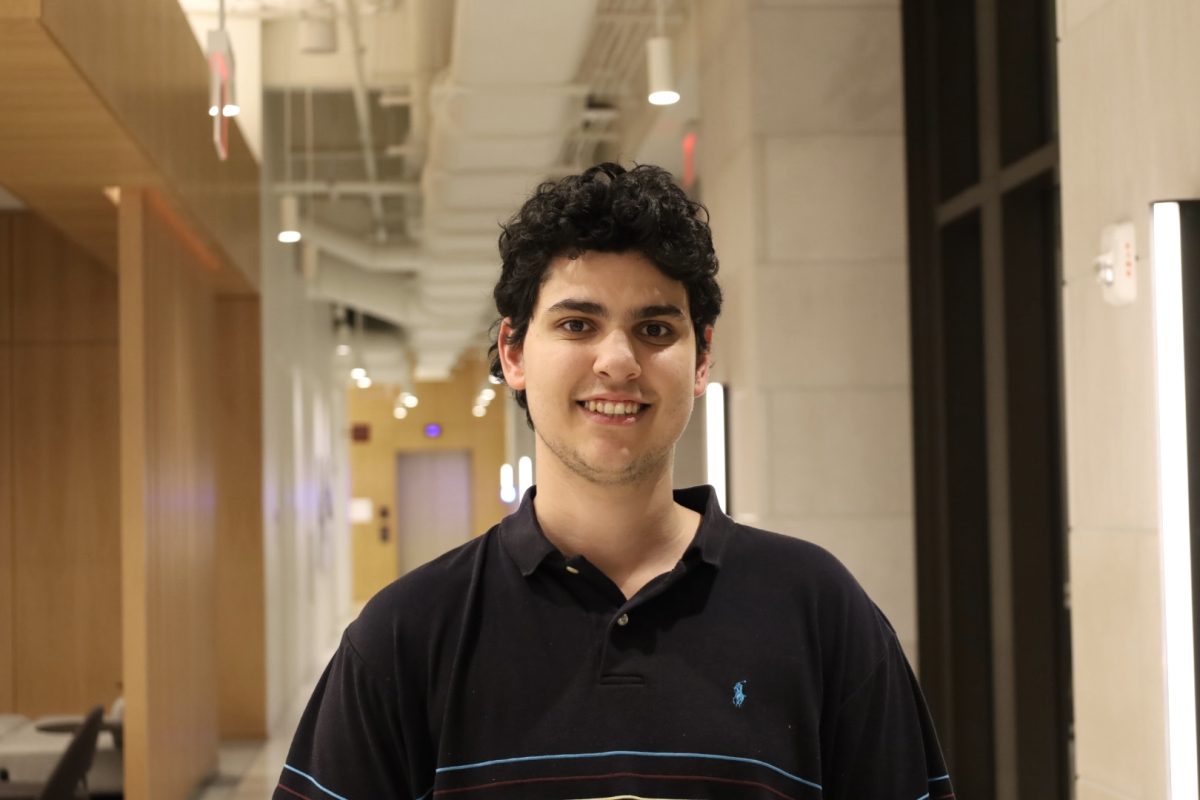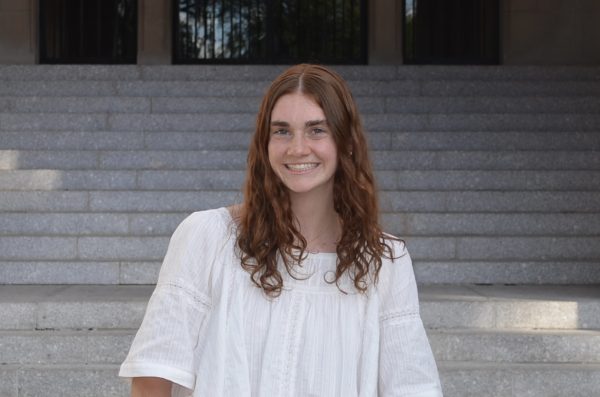Tasked with the most and given the least, the job of a New York City public school teacher is a lot to manage. Nevertheless, praise for their efforts is often unsung.
The NYC public education system is currently in disarray, with many recent reports indicating that students are falling behind and not reaching the necessary level of English proficiency for their grade level. For the past month, I have been working as a teacher’s assistant and an afterschool tutor at a public school in Harlem, both witnessing and being a part of the current education system.
My biggest takeaway is how much the teachers care and the level of effort they put into figuring out what each student needs. That said, the students, at large, need to receive a better academic experience to succeed and progress to higher levels of education, but it is not the fault of the teachers. Although I attended private school my entire life, it does not take an expert to understand that there are several large problems occurring in the school system that are preventing students from learning effectively.
For one, the school where I work does not have any space or time allotted for the children to expel their physical energy. This is due to the fact that the school’s outdoor playground has been shut down for this school year and likely the next because of scaffolding on the side of the building. Additionally, the students in the elementary grades are not given a physical education period, a standard class at most schools. The effects of not giving the children space to run around are very noticeable in classrooms composed of younger children, such as the kindergarten classroom, where I act as a teacher’s assistant.
With the children not having anywhere to run around and tire themselves out, they end up running rampant throughout the classroom, constantly causing disruptions to arise. The only time the children are granted free time to play around is during their lunch period, which for my class is from 10:20 a.m. to 11:05 a.m. While it is true that many other schools do have recess, there is something to be said about the fact that there was no plan put in place to ensure the children would have another avenue of getting rid of some of their hyperactive energy.
I do not have very much experience working in education or with children, but I can speak on my experience as a former kid. Speaking through that lens, it is extremely difficult to sit still in class and complete grammar activities in a booklet for six consecutive hours. Now imagine being the teacher who is tasked with corralling the children and getting them to do the assignments at hand — it is nearly impossible. Despite having to teach more energetic children for longer periods of class time (given the absence of recess), the lessons taught by teachers are expected to maintain the same level of efficacy. It is unrealistic to expect these teachers to get through to all of the students in their class. Nevertheless, I have witnessed several parents yell at teachers for not doing their job when they have been told their child has been misbehaving in class.
Another major issue that my public school is faced with is a need for more available classroom space. Currently, the elementary school’s classes are composed of students at varying levels of English comprehension rather than organizing them in a way where they can be taught more effectively per their understanding of the English language. This, in turn, leads to the entirety of the class being slowed and impacted by a few students.
These students can be incredibly challenging and really test the patience of a teacher, leading to many of them being mislabeled and seen as stereotypical problem children in the classroom. I firmly believe that this is not the case for these students, as I believe that they all want to receive praise and succeed. I used to work at Lindamood-Bell, a school that specializes in working with students with learning disabilities and who are on the spectrum. From this experience, I learned that children often lash out and cause disruptions when they feel frustrated by the course material put in front of them. One thing Lindamood-Bell offered to such students was a more personalized learning experience, something that NYC public schools simply cannot do given the amount of other tasks they are given. Their inability to provide such experience is only bolstered by the ongoing shortage of teachers and bilingual teachers in NYC.
I only work part-time at the public school, and I feel exhausted after each day. Full-time NYC public school teachers are paid measly salaries compared to the effort they must put into each day and are rarely shown gratitude.
Zachary Badalamenti, FCRH ’25, is a journalism major from Oakland, Calif.






































































































































































































